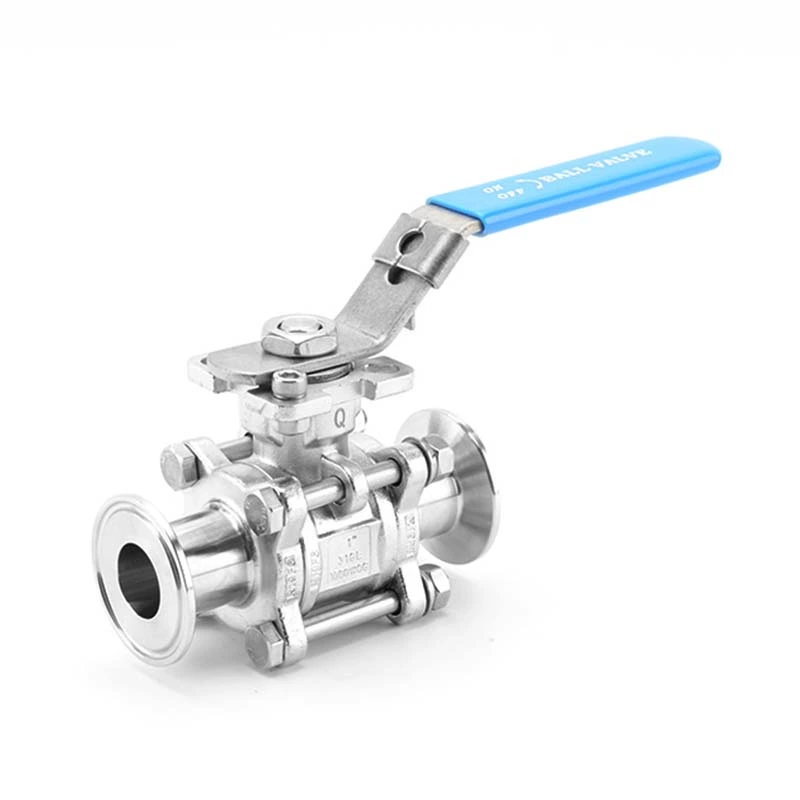Detailed Introduction Of Sanitary Valves
Sanitary Valve is a type of valve designed for the food, beverage, pharmaceutical, cosmetics and other industries. Its main feature is that it can meet the requirements of high hygiene standards. The following is a detailed introduction to sanitary valves:
Wide application areas of sanitary valves:
Food industry: fluid control in the production process of dairy products, juice, beer, wine, etc.
Pharmaceutical industry: fluid processing in the fields of pharmaceutical production, injection water, bioengineering, etc.
Cosmetics industry: processing and filling of cosmetic raw materials and finished products.
Bioengineering: fluid control in processes such as cell culture and fermentation.
Material of sanitary valves:
304 stainless steel: This is a common stainless steel material with good corrosion resistance and processing performance, suitable for most general sanitary applications.
316L stainless steel: Compared with 304 stainless steel, 316L contains more nickel and molybdenum, so it has good corrosion resistance, especially stronger corrosion resistance to chloride environments, and is often used in more demanding sanitary environments and marine environments.
Other metal materials:
Nickel alloys: such as Hastelloy, show excellent corrosion resistance in some chemical environments.
Titanium: Titanium materials have high corrosion resistance and are suitable for some special sanitary applications.
Non-metallic materials:
Polytetrafluoroethylene (PTFE): As a sealing material, PTFE has excellent chemical stability and high temperature resistance, and is often used in valve seals.
Ethylene propylene rubber (EPDM): EPDM is a commonly used sealing material with good heat resistance, oxidation resistance and ozone resistance.
Silicone rubber: Silicone rubber is also a commonly used sealing material that can maintain good elasticity and sealing performance over a wide temperature range.
Features of sanitary valves:
Material selection:
Sanitary valves are usually made of easy-to-clean and corrosion-resistant materials such as stainless steel (such as 304, 316) to prevent microbial growth and chemical contamination.
Surface treatment:
The surface is polished, mirror-finished or electropolished to reduce places for bacteria to hide and ensure a smooth surface without dead corners.
No dead angle design:
The internal structure of the valve is designed without dead angles, which is easy to clean and disinfect to avoid residual contaminants.
Lead-free and no harmful substances:
Avoid the use of materials containing lead or other harmful substances to comply with food safety regulations and standards.
Standardized size:
Comply with international or national standards such as DIN, ISO, etc., so as to facilitate compatibility with other sanitary piping systems.
Sealing performance:
The use of sanitary gaskets, O-rings and other sealing materials ensures good sealing performance and prevents leakage.
Certification:
Passed relevant health and safety certifications such as FDA, EHEDG, 3A hygiene standards, etc. to prove its suitability for industries with strict hygiene requirements.
Easy to maintain:
The design is easy to disassemble and clean, and it is easy to maintain and replace parts regularly.
Scope of application:
Applicable to food processing, beverage production lines, pharmaceutical production, cosmetics manufacturing and other industries.
Operation mode:
It can be manually operated or automatically controlled, such as electric or pneumatic actuator drive.
